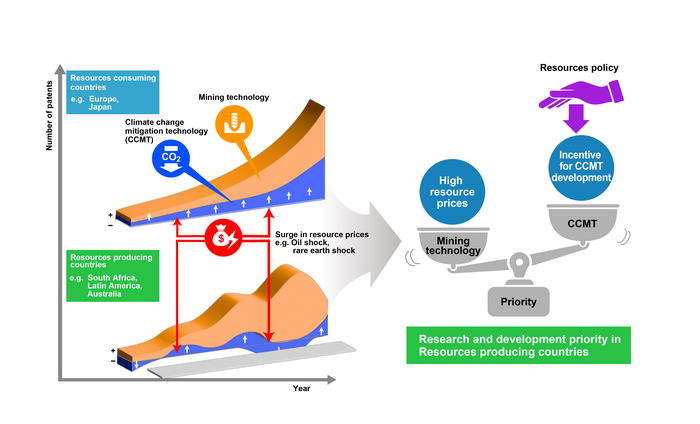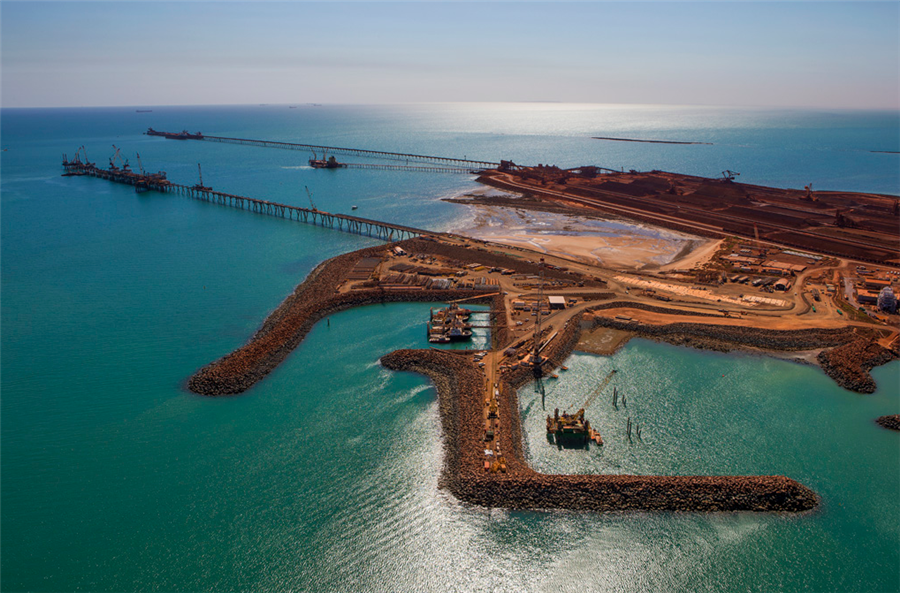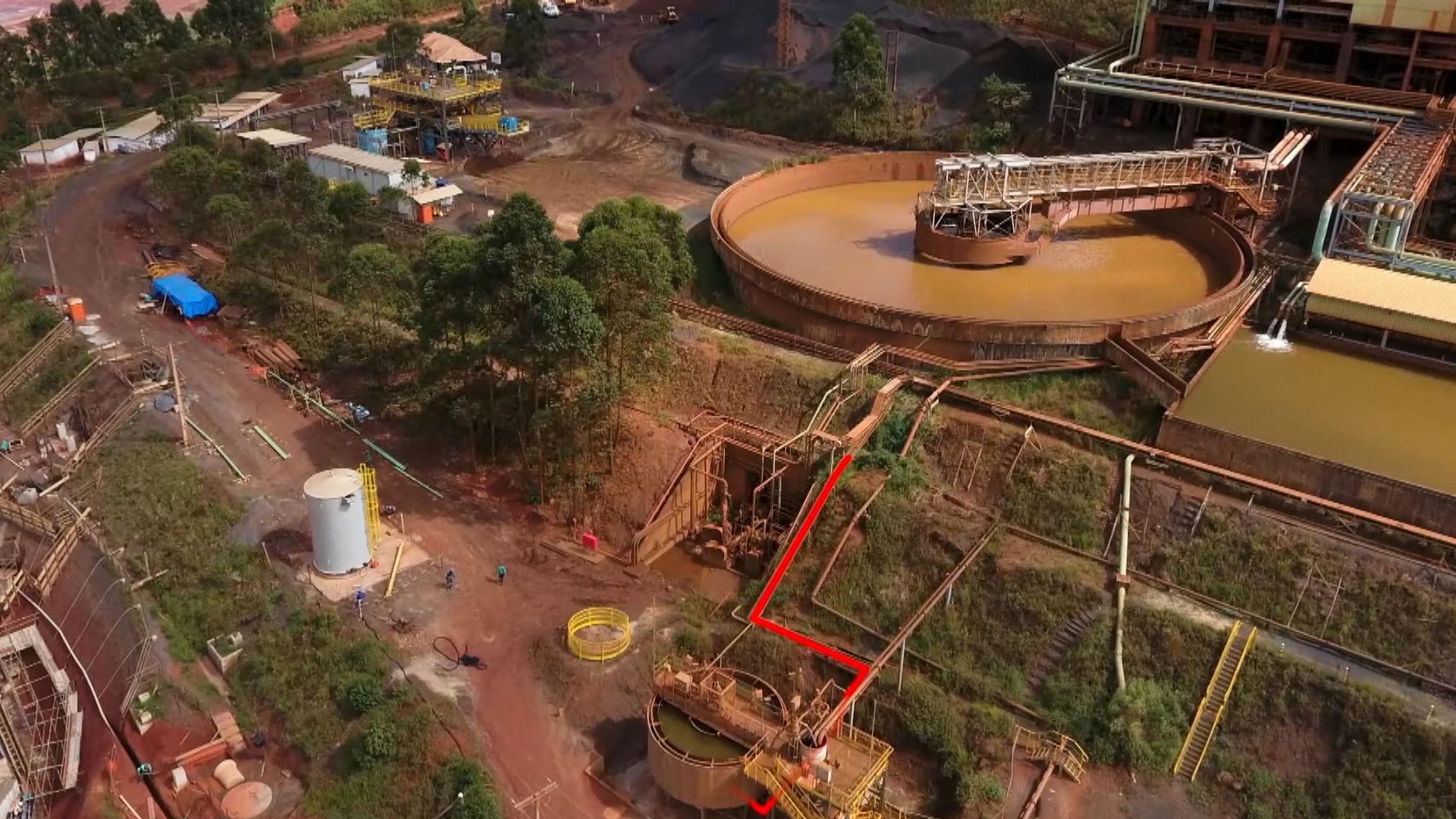Commodity prices influence development of climate change mitigation technology in mining industry

The development of climate change mitigation technology (CCMT) in the mining industry has been influenced by both the Paris Agreement and commodity price trends. However, the degree of influence varies by country and how much the sector contributes to the country’s economy, new research has found.
Such a conclusion followed a thorough analysis carried out by scientists at Japan’s Kyushu University and Sweden’s Luleå University, who looked at the trends in global patent applications from the mining and minerals sector to unearth strategies for promoting R&D in CCMT.
“The goal of CCMT development is to reduce greenhouse gas emissions and the impact we have on the environment,” Hidemichi Fujii, lead author of the report, said in a media statement. “A good way to analyze how an industry’s technology is developing is to look at patents filed over time. Our team looked at patent data from 2001 to 2016 from seven regions to calculate three major indicators of CCMT development in the industry for each region: Priority, mining, and scale.”
Fujii explained that the ‘priority’ indicator is the number of mining-CCMT-related patents divided by the number of patents in the whole mining industry. That ratio would increase if inventors were prioritizing research into CCMTs.

‘Mining’ was defined as the number of patents related to the mining industry divided by the total number of patents across the board. This number indicates how much inventors are concentrating their efforts on developing technology for the mining industry itself.
Finally, ‘scale’ was defined as the total number of patents, representing the overall amount of research and development.
“We used these indicators to analyze the mining industry in seven major countries and regions: China, Japan, USA, Europe, Latin America, Australia, and South Africa. The first four have major patent offices, whereas the latter three are major mining regions,” Fuji said. “Through our analysis, we found several interesting trends.”
For example, while both overall mining patents and mining CCMT patents grew across the board, the rate and pattern of those trends differ if a country is resource-consuming or resource-producing. The latter exhibited larger changes in R&D priorities in response to surges in commodity prices such as rare earth metals and oil.
Further analysis showed that the development of mining CCMT patents in the US, Europe, Latin America, and Australia was facilitated by a relative increase in R&D related to mining technology. Japan and South Africa have increased their focus on R&D for both mining itself and related CCMTs while shrinking the overall scale of their R&D. On the other hand, China and the rest of the world have increased the scale of their R&D, which in turn drives invention of more green technology.
“The year-by-year analysis showed that the Paris Agreement contributed to an overall increase in green technology in the mining sector. Increases in metal prices contributed to the number of patents for the industry as well,” Fujii said.
Following these findings, the team hopes that both countries and the mining industry implement effective policies that promote the development of CCMTs for the industry.
“The differences and similarities in R&D strategies can be used as a starting point to formulate country-specific science and technology policies that can combat the climate crisis,” Fujii noted. “At the same time, they can make the most effective use of capital, and promote regulations that guarantee fair wages based on experience and skill.”
More News
Rio Tinto posts lowest Q1 iron ore shipments since 2019, tempers forecast
April 15, 2025 | 03:55 pm
Trump orders tariff probe on all US critical mineral imports
April 15, 2025 | 03:16 pm
{{ commodity.name }}
{{ post.title }}
{{ post.date }}




Comments